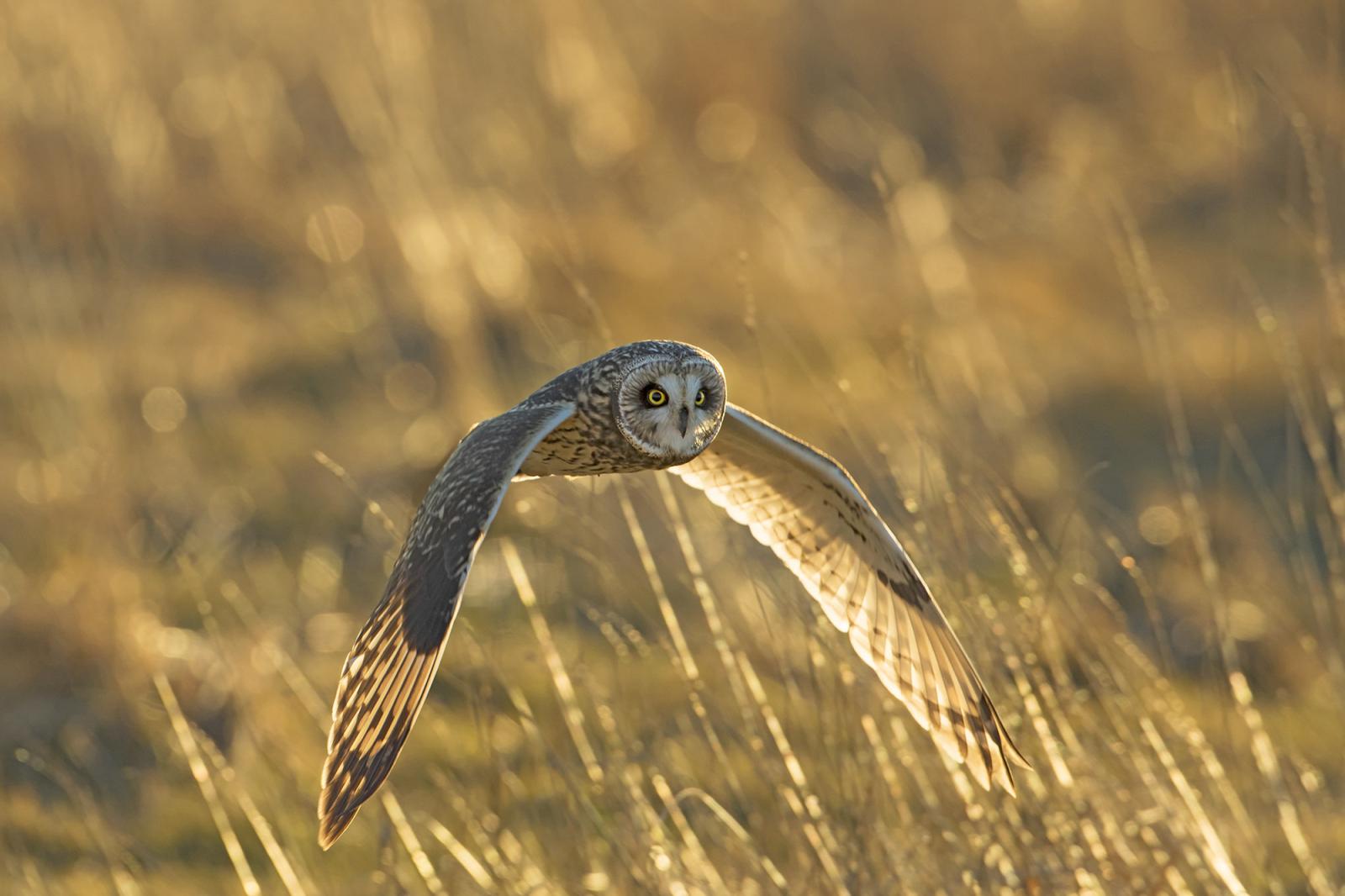Photos
Click to display full size or right-click to save to your device.
News release
Greg Meis, 360-503-1087
Media contact: Ben Anderson, 360-902-0045
Public invited to March 27 public meeting in Burlington
OLYMPIA –The Washington Department of Fish and Wildlife (WDFW) is seeking public input on a draft management plan for the Skagit Wildlife Area. The Department is hosting a public meeting on the draft at 6 p.m. on Wednesday, March 27 at the Burlington Public Library, located at 820 E. Washington Ave.
WDFW engaged tribal governments, technical experts, key stakeholders, and members of its Skagit Wildlife Area Advisory Committee in the development of the draft plan. Once finalized, the Skagit Wildlife Area plan will guide stewardship for the 17,968-acre wildlife area for the next 10 years.
“We’ve worked hard on this draft. Now, we’re eager to hear from the public on how it aligns with their thoughts for the future of this special place,” said Cynthia Wilkerson, WDFW Lands Division manager.
The public is invited to ask questions and share feedback on the draft plan at the workshop on March 27. Members of the public can also submit comments online, by email, or by mail to Lisa Wood, P.O. Box 43200, Olympia, WA, 98504. The draft plan and additional materials are available at WDFW’s State Environmental Policy Act (SEPA) website. Comments must be received by 5 p.m. on April 22.
The Skagit Wildlife Area is made up of 21 units mostly located on the Skagit River Delta and Skagit Bay Estuary between La Conner and Conway, northwestern Snohomish County, to the west on isolated parcels in the San Juan Islands, and in eastern Skagit County near the cities of Marblemount and Concrete. It contributes to the internationally significant conservation values of the Skagit River delta and provides local opportunities for recreation and stewardship.
The management vision is focused on estuary and floodplain restoration, providing forage for wintering waterfowl, recovering federal and state listed species, and providing recreation. Supported recreation activities include fishing, hunting, wildlife viewing, photography, boating, walking, and hiking.
All members of the public are invited to share their perspective and participate in WDFW public feedback opportunities regardless of race, color, sex, age, national origin, language proficiency, religion, sexual orientation, gender identity and/or expression, veteran status, or basis of disability.
WDFW manages more than a million acres of land and hundreds of water access areas throughout the state. By actively managing lands, restoring habitats, and preserving wild places, the Department serves as stewards for Washington’s natural places, protecting the state’s land and water for its wildlife and people.
